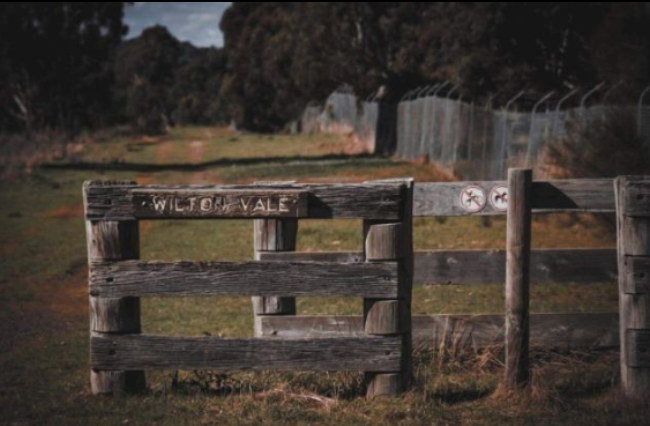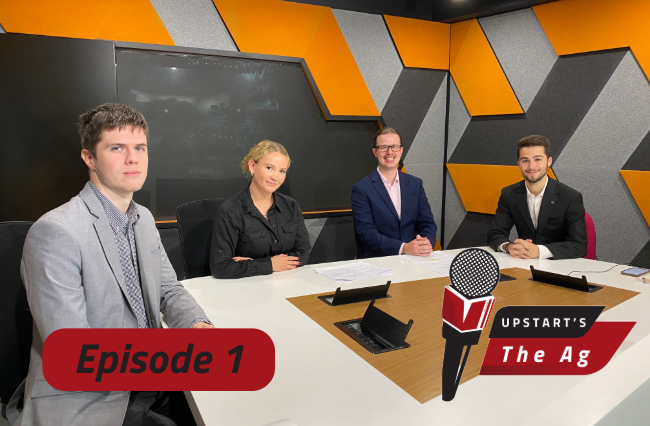iSelect must love April. It’s when health insurance rate changes roll around each year. Their business must boom when a bevy of consumers rush to iselect.com.au to see if they should be getting a better deal. Especially when prominent news sites are pointing customers in the same direction.
On 1 April — the day of the rate rise — iSelect published a press release with some choice quotes from iSelect’s general manager of corporate affairs, Paul Cross, such as ‘Australians need to understand what they actually need from their private health insurance, and shop around for a policy that best suits their needs and budget. By doing this, it can be possible to actually offset this increase in cost.’
Sure enough, that same day on a handful of news websites, articles appeared covering the rate rise. The sentiment of the news items was wholly replicated in the article—reading like an advertisement for iSelect.
About three quarters of the content of an article featured on ninemsn’s Finance site consisted of content based on the press release. Thematically it was very similar, offering the same tone and informative nature that the release did, and all quotes by Paul Cross were included.
Even when other interviewees were asked, such as on this news.com.au article, the same pro-iSelect message was sent.
The comments of Private Health Insurance Administration Council (PHIAC) CEO, Sean Gath reflected those of Mr Cross: it’s a good idea for consumers to shop around for the best deal, and review their cover every five years. He also plugged the Government’s own private health-related website.
Let’s be clear: iSelect is only doing its job, and news.com.au and ninesmsn aren’t the only media outlets that engage in this kind of stuff.
And that’s the point. PR and journalism go hand in hand, or so it would seem if you closely scrutinise the modern media. Take a look behind the articles and the quotes contained within any number of articles, you’d be surprised at just how often the journalist’s role is reduced to being a PR shill.
It’s hard to determine who is responsible for this, whether it’s anybody’s fault, or if it’s a bad practice at all. But the fact remains that the symbiotic relationship between PR practitioner and journalist has been steadily increasing over the years, and doesn’t look like it’s going to cease any time soon.
While newsrooms have always been hectic places, there’s little doubt that the rise of online journalism has made this even more so. Journalists no longer have the day to write something up for the next day’s paper; it’s to be done for the next hour, so the website can satiate the ever-impatient public before another news provider does.
One thing’s for sure: PR and journalism are firmly tied together in an era where news is pushed out and consumed as quickly as possible, and it’s going to stay that way. Thus we have ‘churnalism’: the practice of journalists churning through press releases to knock out news content as quick as possible for you, the reader.
‘In today’s day and age, resourcing is a big issue, as deadlines get shorter and shorter and the online media cycle is so immediate that the information journalists are being fed by PR practitioners will be utilised more and more, and sometimes won’t be as scrutinised in the past,’ says Phil Smith, director of PR and communications agency, Magazine Hill.
Mr Smith has had many years experience in the corporate communications business, predominantly working with the not-for-profit sector.
He says that ‘the majority of people in PR are in ‘reputation management’, although there are a lot of people trying to sell products through editorial space.’
He has also had experience trying to gain the attention of tabloid news programs and publications and mention products, such as teeth whitening solutions. In this case, he—perhaps unsurprisingly—had some difficulty gaining traction in the media. However he did have some success.
‘[It worked] with Today Tonight and A Current Affair, so the more tabloid style media outlets and the Herald Sun I think gave it a run. You’ve just got to try to find an angle. But first you’ve got to try and identify which media is going to resonate with that sort of stuff. You’ve got to know who and when to target specific media.’
This is where websites like the Media Game comes in.
On behalf of their clients, The Media Game provides content to news networks nationwide on all fronts. Press releases, audio and video clips are all fair game. However they’re not pretending that they’re doing the journalist’s job. They were also responsible for distribution of the iSelect press release, plus several comments from Paul Cross, ready-for-radio.
According to managing director and founder, Warren Sim, ‘It’s ultimately up to the news organisations to assess the story, and make the story what it is. It’s not PR’s role to be dictating news cycles, although obviously they’re trying to do the best by their clients.’
While Mr Sim’s personal news consumption occasionally leaves him sceptical of certain news reports, he believes that the news producers get it right most of the time.
‘We push very hard with our clients to make the content as newsworthy as possible. The media in Australia cop a fair bit in terms of using a lot of press releases etc, but I’ve found them fairly strict, not being taken for granted and not being a PR machine. We tell clients that the media isn’t there as a PR agency, you’ve got to provide something that you deem as newsworthy to get their interest to try and run.’
You may appreciate the irony of two communications businesses receiving favourable mentions in this very article. While it was certainly not the writer’s intention to ‘sell’ their services, they have nonetheless received a positive mention.
This begs the question, is this corporate spin, or just the information?
In this case it’s purely the latter, however for some others, it’s all about the ratings.
According to Mr Sim, ‘Everybody has an opinion on tabloid news programs, but the bottom line is there’s a lot of people watching them…they rate and they rate extremely well, with millions of viewers each night.’
In a recent opinion piece for The National Times, Bruce Guthrie summed up the relationship between PR and the press: ‘Surely, the first rule of ‘reputation management’ is that if you leave a vacuum, someone will fill it. This is because of the second rule: if the media decides there’s a story in what you’ve been up to, they will go and find it’.
It’s unlikely that iSelect would be in the press if PR wasn’t involved. Many publications cover the health insurance rate rise, but not the company specifically.
Health insurance isn’t the only service that iSelect has successfully pushed in the news media. The ABC’s Media Watch shed light on this issue when the Today Show’s technology editor Charlie Brown was talking to Karl Stefanovic about new research into Australia’s broadband internet usage. iSelect had paid for this research and used it as a way to promote their broadband comparison tool, which has similar functions to their health insurance comparison tool.
Call it selling, or call it reputation management. Ultimately PR and journalism will continue to rely on each other, and the great churn will continue.
Caleb Bridge is a Bachelor of Journalism student at La Trobe University. Follow him on Twitter @CalebBridge






